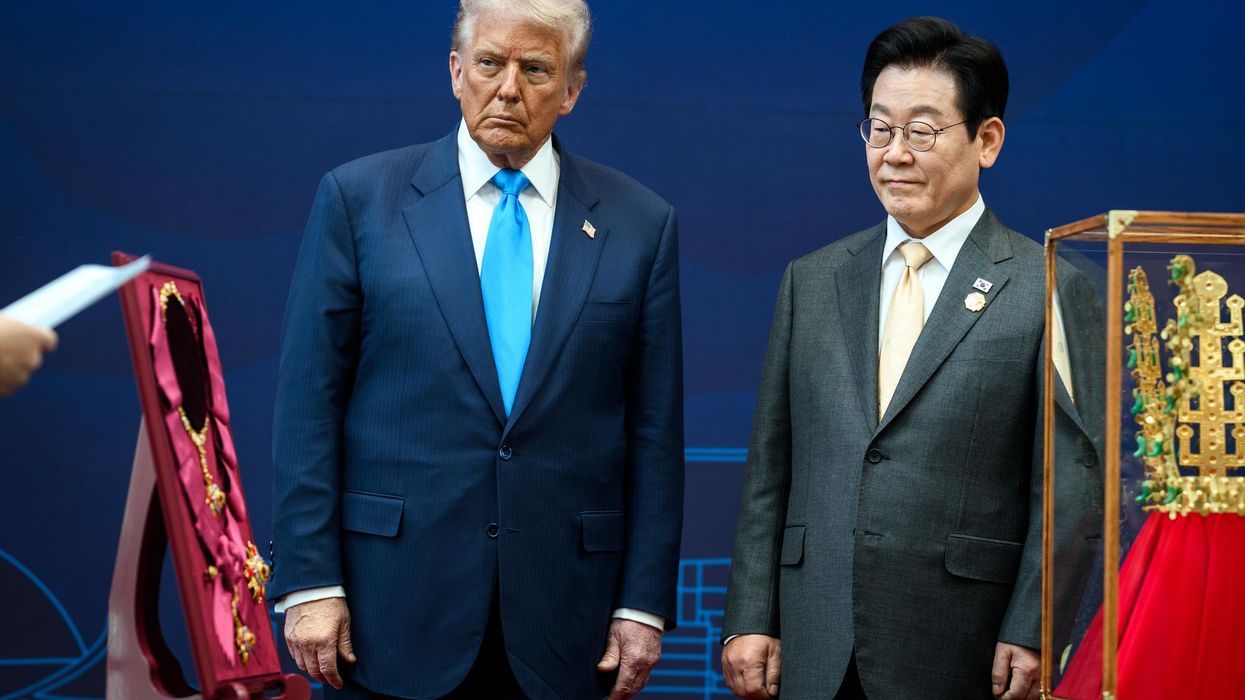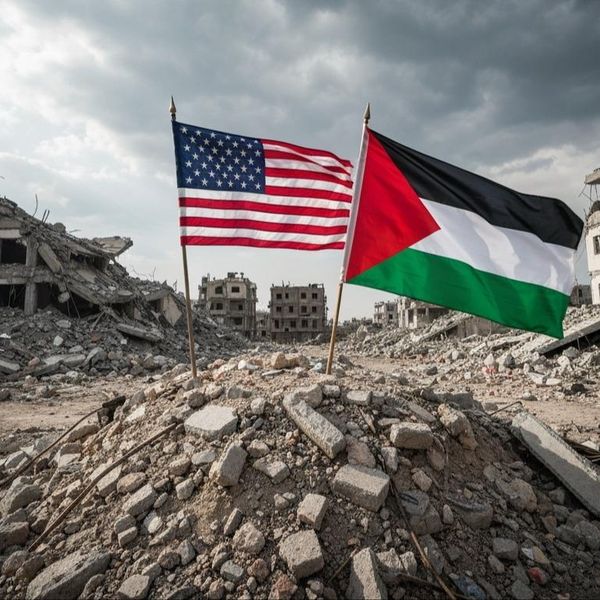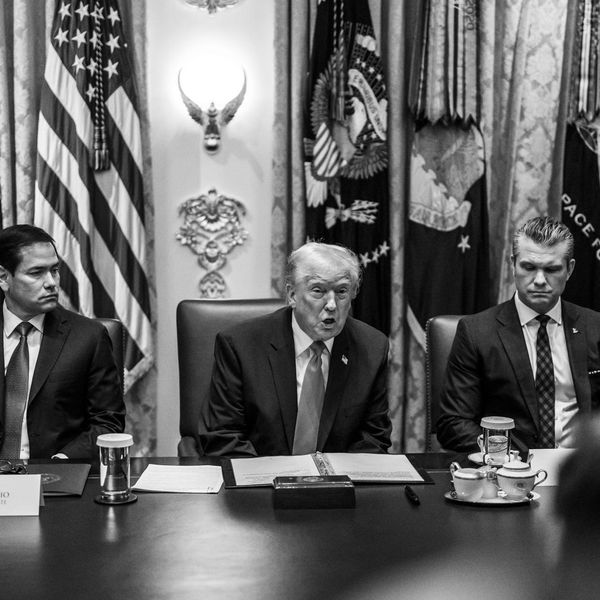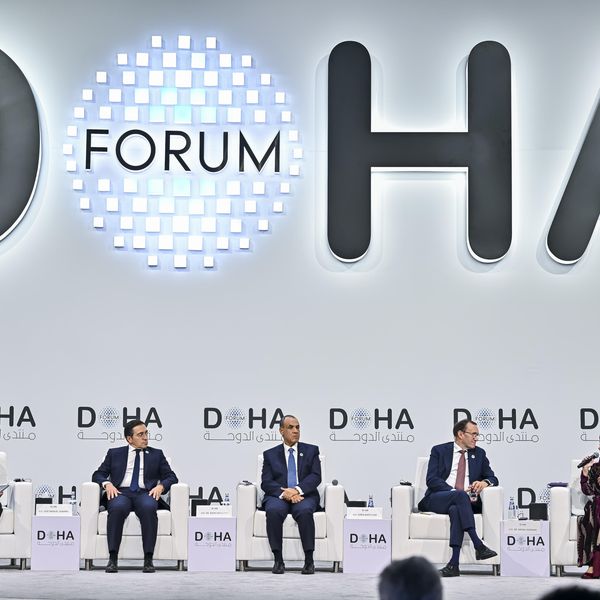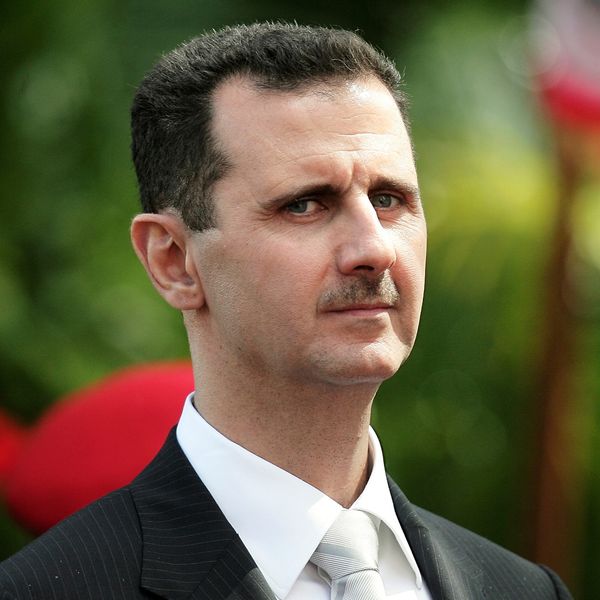President Joe Biden’s announcement on February 4 that the U.S. would end support for the Saudi-led coalition’s offensive operations in Yemen is undoubtedly a positive move. It clearly demonstrates his willingness to keep the pledge that he made during his campaign to work to end the war in Yemen, and also further exemplifies the difference between his approach and that of his predecessor, Donald Trump, whose support for Saudi Arabia appeared unconditional.
President Biden has also named Timothy Lenderking as the U.S. Special Envoy to Yemen. Lenderking has substantial experience in Gulf and Yemen affairs, making his selection a suitable decision. However, it is important to note that while these moves are clearly positive developments in U.S. policy on Yemen, they do not mean that the six-year-old war will end overnight. Since its eruption in 2014, the Yemeni conflict has only become more complicated in various ways.
For one, the ongoing Yemeni conflict is no longer solely between the official government and the Ansar Allah movement, more commonly known as the Houthis. In addition to local political parties, the involvement of the various foreign powers, particularly Saudi Arabia’s military intervention — which was launched in March 2015 — has further prolonged the war. The various foreign powers’ involvement in the conflict constitutes an obstacle to a permanent ceasefire, which is an important requirement for getting the warring parties to negotiate peace.
Right now, the Houthis have the upper hand militarily. If the Saudis were to cease their intervention, the rebels are likely to portray Saudi Arabia as the loser in this war. The Saudis, in turn, are unlikely to accept that. Despite that, Riyadh appears to be looking for a way out of Yemen.
The bad blood below the surface of the Yemeni conflict goes a long way back. Between 1962 and 1970, North Yemen witnessed a civil war following a revolution carried out by the Yemeni “Free Officers” that ousted Muhammad al-Badr, the Imam of the Mutawakkilite Kingdom of Yemen. During that time, Egypt (known then as the United Arab Republic) and Saudi Arabia fought a proxy war in Yemen. While Cairo intervened militarily to support the republicans, Riyadh backed the royalists without directly intervening. Although its Saudi partner backed the royalists, the U.S. did not.
Instead, Washington recognized the republicans. Moreover, the Kennedy administration attempted to mediate between Cairo and Riyadh. In March 1963, President Kennedy sent veteran diplomat Ellsworth Bunker to the region. Bunker took commitments from both Egypt and Saudi Arabia to start a “disengagement” from Yemen. However, these pledges were soon revealed to be no more than lip service, as neither Cairo nor Riyadh were willing to disengage.
Today, not only have the geopolitics changed significantly since the 1960s, but they have also become far more complex. Even if the Saudis are willing to end their campaign in Yemen, they are unlikely to admit their defeat. Frankly, it is the Saudis who placed themselves in this deadlock. When they intervened in 2015, they assumed that they would crush the Houthis swiftly and easily. However, the facts on the ground proved them wrong. It remains to be seen how they will find a face-saving plan to withdraw from Yemen, if indeed they choose to pursue this.
The internal conflicts in Yemen must also be considered, including the conflict between the Yemeni government and the UAE-backed Southern Transitional Council, or STC. Despite both fighting against the Houthis, they have also been fighting each other in recent years. Yet in December, the Saudi-led coalition announced a new power-sharing cabinet that would include STC members in the Yemeni government. The announcement comes part of the Riyadh Agreement, which was signed in November 2019 between the government and the STC.
Then, in January of this year, Yemeni President Abed Rabbo Mansour Hadi issued a presidential decree appointing a new Shura Council Speaker and attorney general. The STC rejected this decision and vowed to “take escalating steps in the event that the presidential decisions taken without prior agreement are not addressed." This shows how fragile the power sharing agreement is right now.
This demonstrates the necessity that any political resolution of the war in Yemen not only involve the government and the Houthis but all other political factions as well. In other words, what is needed is a national dialogue rather than just government-Houthi talks.
Time for alternative to UNSCR 2216?
Since its eruption, the tide of the war has significantly changed in favour of the Houthis. This raises the question of whether the Biden administration will seek to implement UNSCR 2216. The resolution was passed in April 2015 and officially recognizes Hadi as Yemen’s President while also demanding the Houthis to take several actions, including returning Sana’a, Yemen’s capital, to government control, ceasing to use the country as a base for attacking neighboring countries, and relinquishing control of all of their heavy weapons.
Yemen expert Helen Lackner tells me:
“2216 is completely out of date and unable to address the current situation. Among useful initiatives of the Biden administration would be bringing to the UNSC a resolution which recognises the actual situation on the ground, namely the fact that the Houthis control 70 percent of the country's population and have established an effective administration in the areas they rule. In addition, the Hadi government is not the only representative of the anti-Houthi movement; there are others, a range of southern separatists [not only the STC], Tareq Saleh's forces, and many local regional powers. All these need to be included if they want the UNSC resolution to be a useful tool that can enable the U.N. to take a useful role in trying to solve the Yemeni crisis.”
Thus, while the Biden administration appears to be serious about ending the war in Yemen, Lenderking’s mission is not going to be an easy one.


